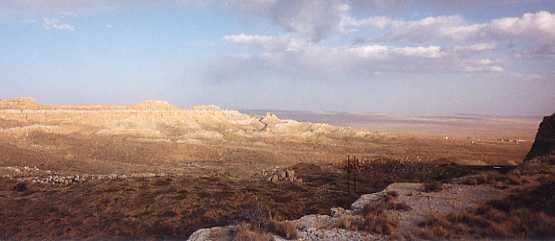On June 22, Wesley Bernardini, archaeologist and associate professor and chair of the Department of Sociology at the University of Redlands, will demonstrate 3D educational modules he developed in collaboration with The Redlands Institute.
The “video game-like presentation that is being introduced as a way to pass Hopi tradition and experience of the pre-contact Arizona landscape to high school students,” states a press release announcing the demonstration.
“The digitally-rendered landscapes allow students to virtually fly through space and time between villages and prominent landforms through line-of-sight analyses that help visualize the migration pathways that brought clans to the Hopi mesas from 1200 A.D. to present times.”
I also didn't realize "tutuveni" means "newspaper rock," as this article seems to indicate. Tutuveni was the name of the Hopi newspaper I subscribed to for several years.
For more on the subject, see Hopi Tutuveni Closes.
Below: Second Mesa on the Hopi reservation.


1 comment:
For more on the subject, see:
http://indiancountrytodaymedianetwork.com/2011/08/new-software-brings-hopi-history-to-life/
New Software Brings Hopi History to Life
Rather than write a book about ancestral Hopi villages and migration patterns, associate professor of anthropology and sociology at the University of Redlands Wes Bernardini has been working with the university and the Hopi Cultural Preservation Office on mapping software letting users travel through 3D reconstructions of 32 Hopi villages.
Esri’s ArcGIS Explorer software is an interactive tool allowing users to explore Hopi villages that used to stretch from what would eventually become Colorado, New Mexico and Arizona south to Central America.
Post a Comment